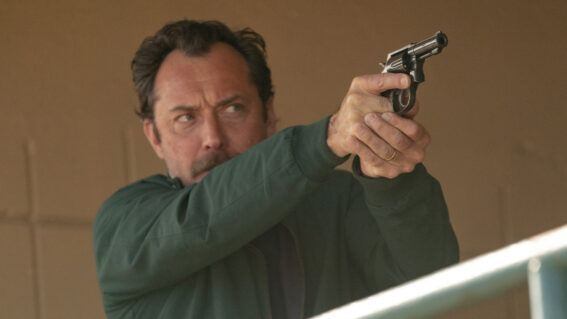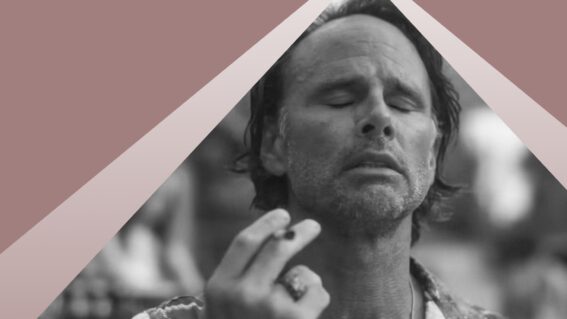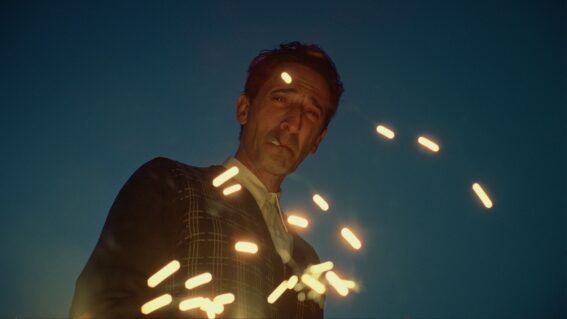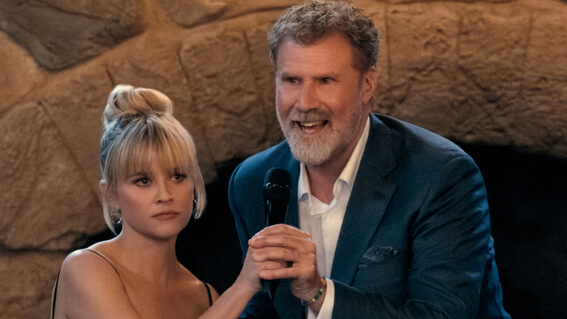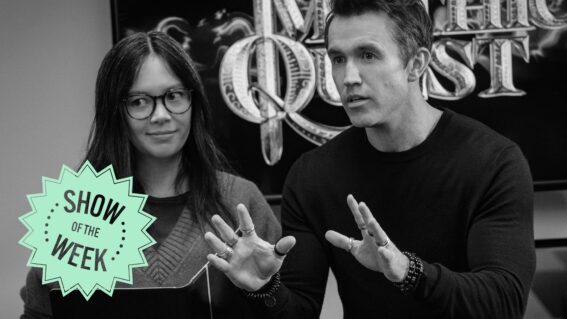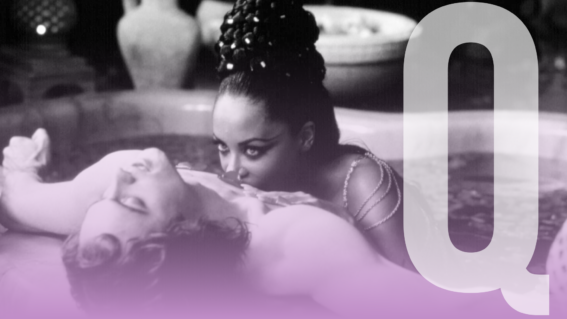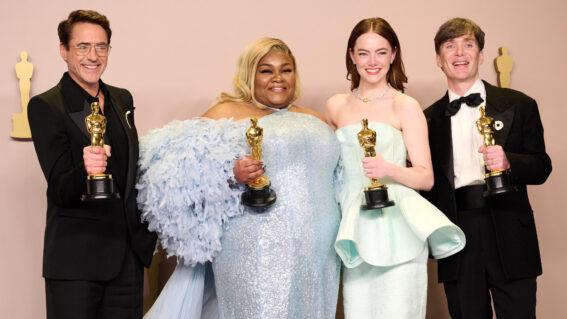What makes the Speak No Evil movies truly scary
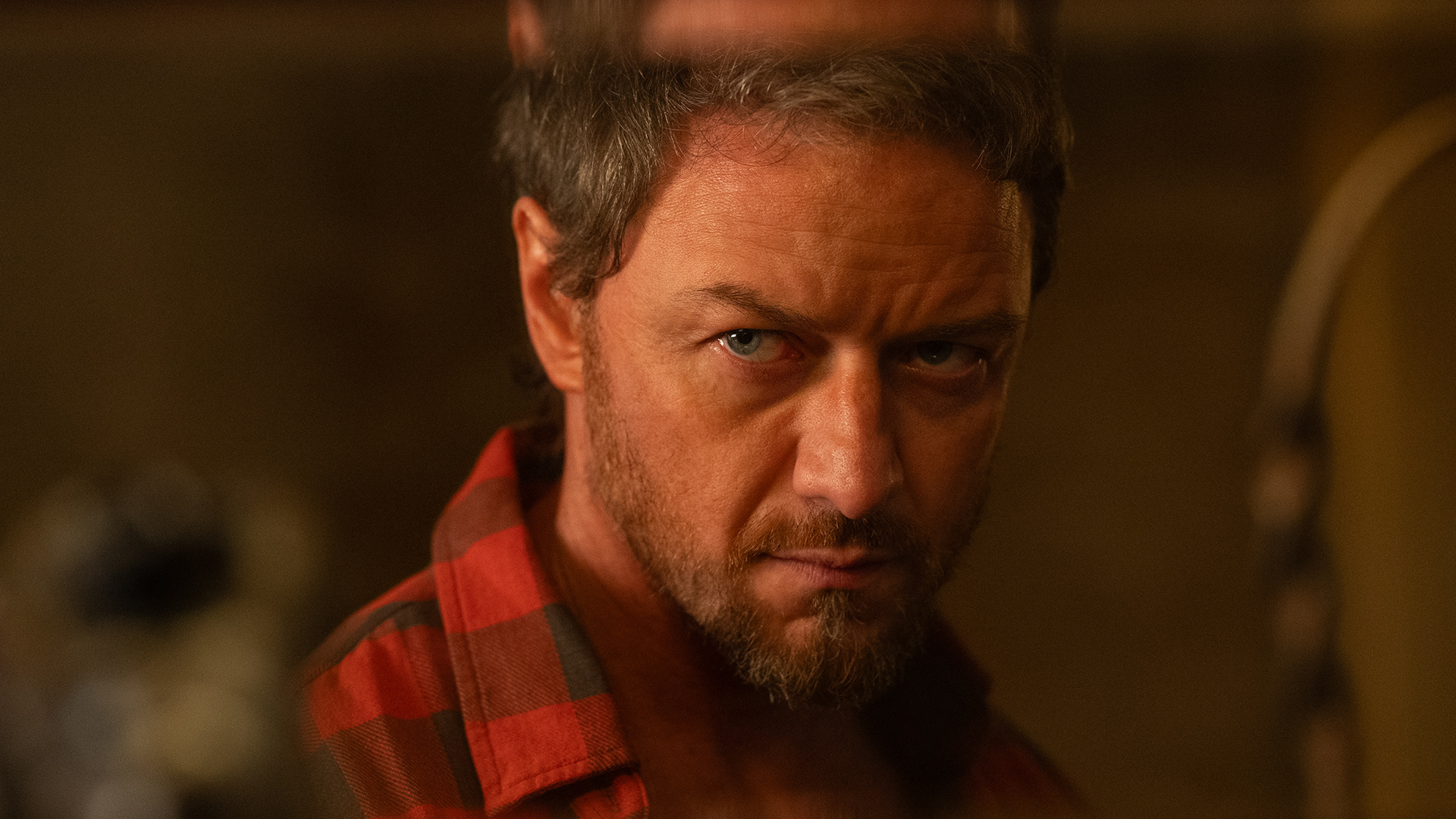
There’s notable differences between the new Speak No Evil and the 2022 film it remakes. But both movies are very freakin’ scary; Luke Buckmaster explains why.
Speak No Evil (2024)
One evening many years ago, I fell asleep during a movie and dreamt its ending. When I finally watched the whole thing some time later, and remained awake, I discovered the last act was very different from the one crafted by my subconscious self. Leading me to momentarily think: that’s not how it’s supposed to end!
I experienced a similar sensation while watching writer/director James Watkins’s remake of the 2022 Danish film Speak No Evil. For a long time the new production feels like déjà vu, very faithfully mirroring its predecessor—until all of a sudden it doesn’t. Deep into the runtime there’s a point of departure past which things become dramatically different, its predecessor’s finale completely upended. This is a particularly big move given the original is often spoken about because of its ending, which ignited considerable discussion and left audiences—including myself—feeling intensely disturbed: nerves shot, spirits crushed like a paper cup.
Both films are scary, however, well before that fork in the road. Both unfold from the perspective of a married couple with a young daughter who meet another couple—with a young son—while holidaying in Italy. In the remake, American family Ben (Scoot McNairy), Louise (Mackenzie Davis) and their daughter Agnes (Alix West Lefler) meet the more outgoing Paddy (James McAvoy) and Ciara (Aisling Franciosi), who invite them out to lunch and, later, to stay at their farmhouse in rural England. Ben and Louise accept the invitation.
Shortly after they arrive, Paddy and Ciara’s son Ant (Dan Houg) attempts to tell Ben something that seems, by the intense look on the child’s face, terribly important; his mouth is eerily wide, like a rotating clown head at a country fair. But when Ant tries to speak, only unintelligible sounds come out. Paddy disrupts their moment and explains that the kid cannot verbally communicate, being born with a tiny tongue. It’s one of the first—and among the most dramatic—examples of witnessing something that seems a bit off, but has a logical explanation. Shame on us for being creeped out by a child with a disability.
Both films create uncertainty, then dread, by getting viewers to contemplate the same questions as the visiting characters: are things a little bit wrong, or profoundly and horribly wrong? How much of it is us, and how much of it is them?
Paddy and Ciara (and in the original their equivalent characters, Fedja van Huêt’s Patrick and Karina Smulders’ Karin) have a habit of behaving unpleasantly. In one scene, Paddy insists Louise take a bite of his roast, despite knowing she’s a vegetarian; in another, Ciara gives Agnes directives around the dinner table, as if she were her mother. One iffy thing becomes two iffy things, becomes three, becomes four.
Is this pattern proof that the hosts are bad people, or, are Ben and Louise (in the original, Morten Burian’s Bjørn and Sidsel Siem Koch’s Louise) increasingly seeing things pessimistically, through a restrictive lens? It’s also inferred, with devilish subtlety, that the cultural divide between rural and city lifestyles might have something to do with it. “We do things a little differently around here,” says Ciara.
For a painfully long time, the stretched-out tension in both films feels just about to spill over, like a simmering pot with its lid rattling. The fact that these are horror movies, and are marketed as such, mean audiences probably won’t seriously entertain the idea that it’s just a bunch of misunderstandings, everything set to work out tickety-boo in the end. And on the subject of endings: the original wraps up bluntly and unequivocally, like a guillotine severing a head. I won’t reveal details about that ending, or the new one, suffice to say that the remake is kinder to Ben and Louise, allowing them to show mettle and resilience. The remake’s finale is more carthartic; the original’s is harder hitting.
In both, scary feelings fester from long before, evoked through a series of morally ambiguous events that revel in the question of whether we’re witnessing evidence of nefarious intent. It’s the threat of the unfamiliar, the scariness of not knowing what people are capable of, the deep valleys and chasms that divide us. Maybe don’t watch these movies before your next vacation.







